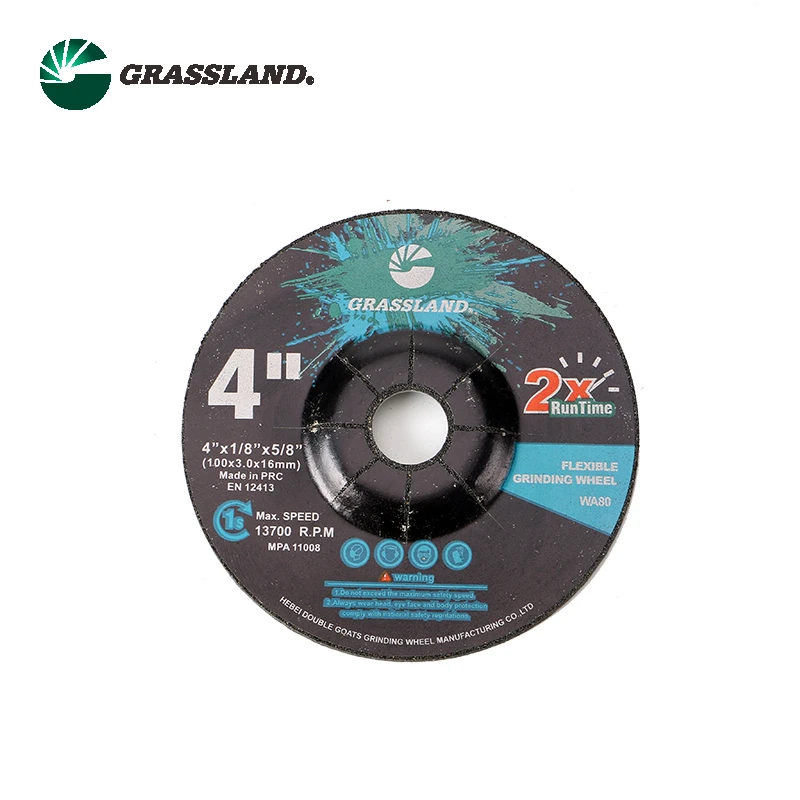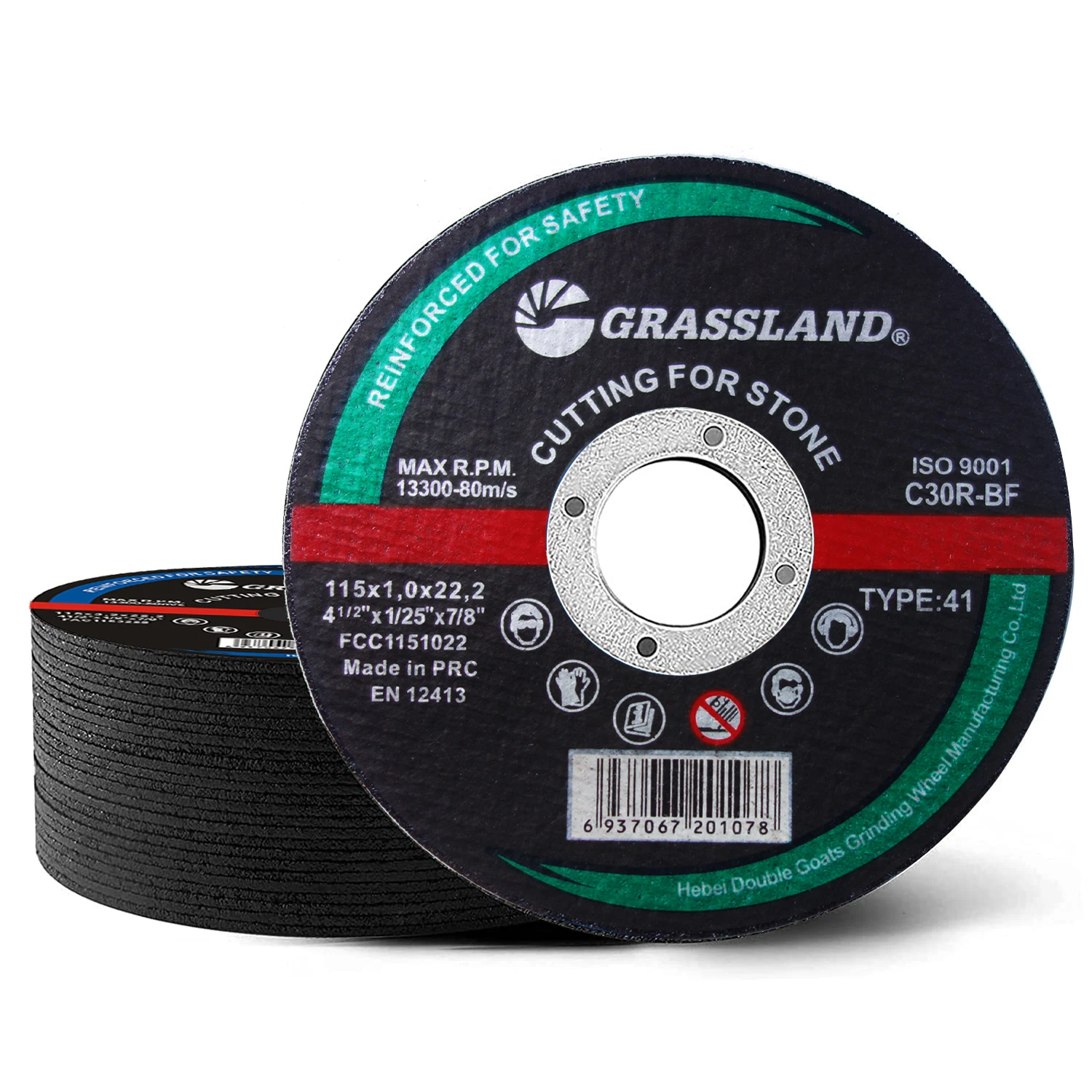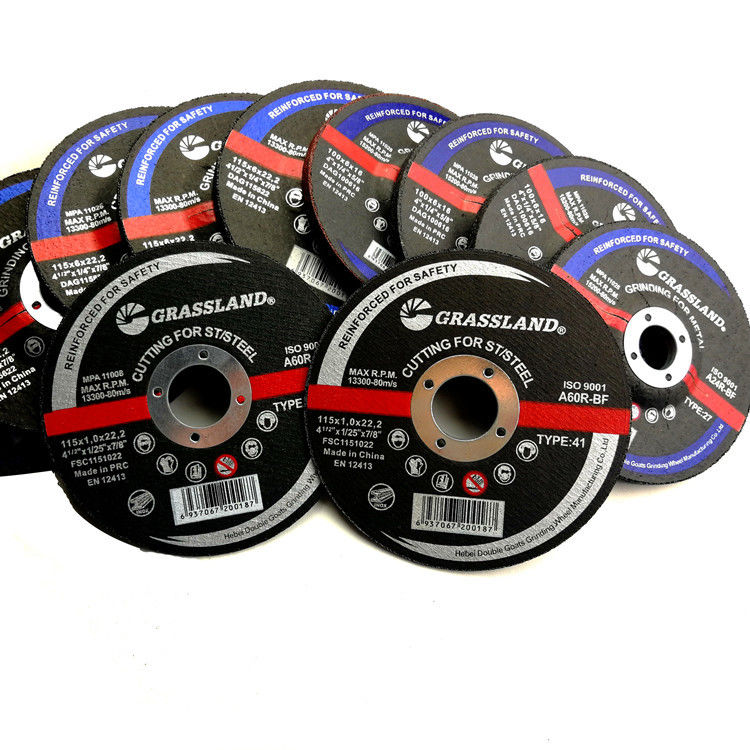Understanding Cutting Discs for Brick A Comprehensive Guide
When it comes to cutting brick, having the right tools is crucial for achieving clean and precise results. One of the main tools of choice for this task is the cutting disc, which is specifically designed to handle the dense and abrasive nature of brick materials. In this article, we will explore the various aspects of cutting discs for brick, including their types, features, and best practices for use.
Types of Cutting Discs
Cutting discs come in a variety of designs, each suited for different applications. The most common types of discs used for cutting brick include
1. Diamond Blade Discs These are the most popular choice for cutting brick due to their strength and durability. The diamond segments embedded on the edge of the disc allow for smooth and efficient cutting. Diamond blades come in different configurations, including continuous rim for clean cuts and segmented rim for faster cutting.
2. Abrasive Discs Made from materials like aluminum oxide or silicon carbide, abrasive discs are less expensive than diamond blades. They are effective for lighter duties but may wear out quickly when used on harder bricks.
3. Turbo Discs Similar to diamond blades, turbo discs feature a serrated edge, which allows for quicker cuts in hard materials. They are particularly useful when speed is essential, although they may leave a rougher finish compared to smooth-edge options.
Key Features to Consider
When selecting a cutting disc for brick, several features should be taken into account to ensure the best fit for your specific needs
- Diameter The diameter of the cutting disc affects the speed and depth of the cut. Common sizes range from 4 to 14 inches. Larger discs can cut deeper but may require more powerful tools.
- Thickness Thicker discs are generally sturdier and can handle more demanding applications, but they may not provide as fine a cut. Thinner discs are better for precision but can wear down more quickly.
- Grain Size For abrasive discs, the grain size is important. Finer grains provide a smoother finish, while coarser grains allow for quicker material removal.
- Cooling Features Some cutting discs come with cooling holes or slots designed to dissipate heat during cutting. This feature can prolong the life of the disc and improve cutting performance.
cutting disc for brick

Safety Considerations
Working with cutting discs can be hazardous, particularly when dealing with tough materials like brick
. Here are some safety tips to keep in mind- Personal Protective Equipment (PPE) Always wear appropriate PPE, including safety glasses, gloves, and a dust mask to protect against debris and dust inhalation.
- Tool Compatibility Ensure that the cutting disc is compatible with your cutting tool. Mismatched tools can lead to accidents or equipment damage.
- Secure the Workpiece Always secure your brick or masonry piece properly before cutting to prevent it from moving during the process.
- Cutting Technique Use steady, even pressure while cutting. Avoid forcing the blade, as this can lead to overheating and premature wear.
Best Practices for Use
To achieve the best results when cutting brick, consider the following best practices
- Choose the Right RPM Follow the manufacturer's recommended rotations per minute (RPM) for the cutting disc. Operating the disc at the wrong RPM can lead to premature wear or accidents.
- Cutting Motion When possible, use a smooth, steady motion rather than pushing the tool aggressively. This will help maintain control and prolong the life of the disc.
- Allow for Cooling If you notice the disc overheating, take breaks to allow it to cool down, especially when making extended cuts.
Conclusion
Selecting the right cutting disc for brick is essential for any masonry project. By understanding the different types of discs, their key features, and the best safety practices, you can enhance your cutting efficiency while ensuring quality results. Whether you’re a DIY enthusiast or a professional contractor, investing in the right cutting tools will make a significant difference in your work.
Post time:Dec - 04 - 2024

















